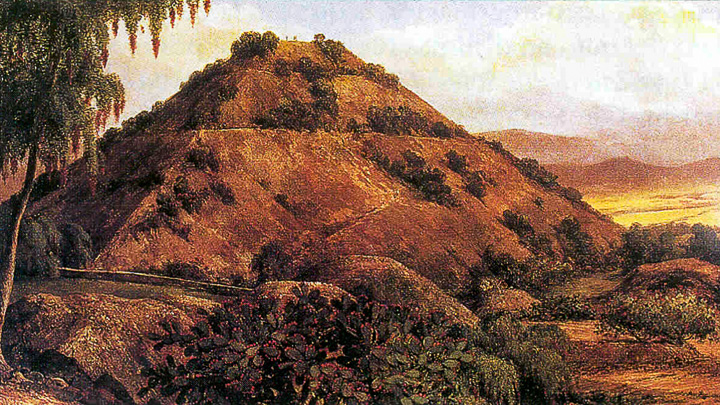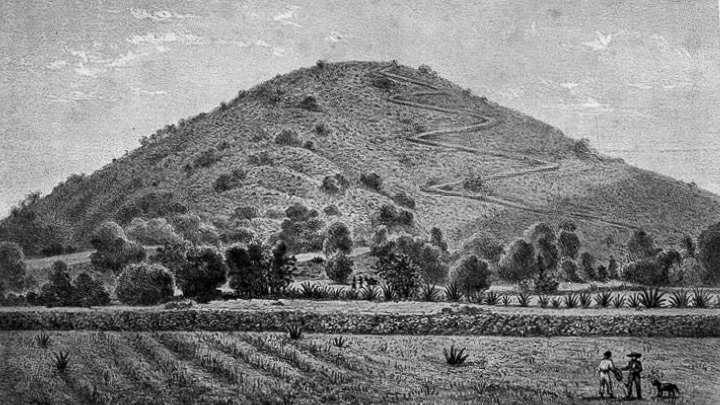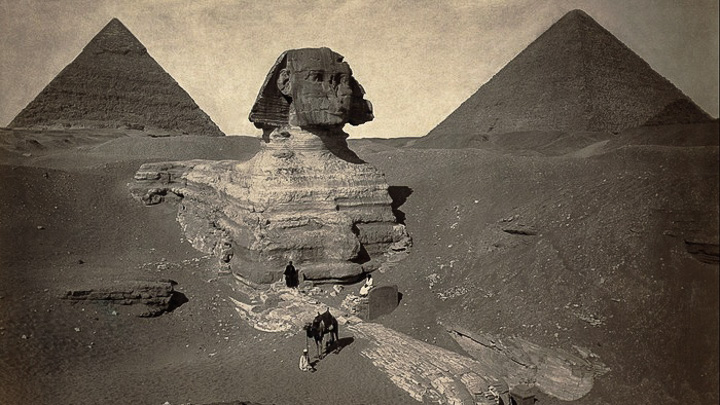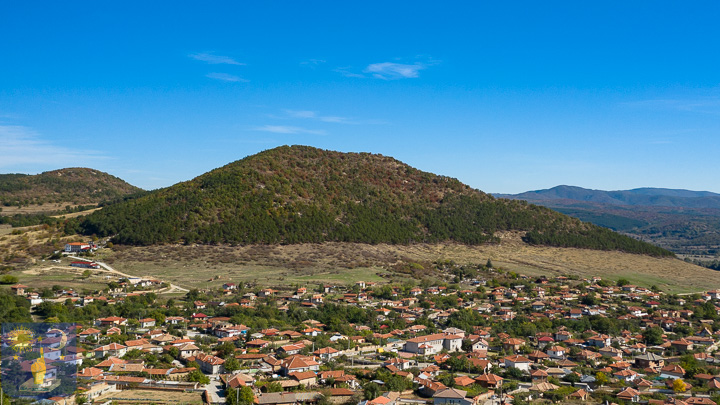Lidar, Light Detection and Ranging, measures distances to an object with a laser. It is used in self-driving cars to avoid obstacles. In archaeology LiDAR is used for mapping and identifying sites hidden underneath foliage. It has been used successfully in the Amazon to uncover pyramids hidden in the forest.

Over 100 years ago the pyramids of Mexico were once covered in vegetation. And it took years for the sites to be cleared. In Egypt too the base of the Great Pyramid of Giza and the Sphynx up to its head were covered in sand. It took many attempts over generations to clear the sand completely down to the rock base. At the time of course the technology did not exist to scan these sites. Excavation was the only solution to discover the pyramids.
Friendly Archaeology
Today LiDaR technology has the advantage of being a fast and low-cost solution to see at least digitally what exists beneath the foliage. The maps help archaeologists answer fundamental questions about the ancient history of humanity. It also avoids destroying the environment and the site itself. Archaeological excavation implies the destruction of the top layers that represent more recent epochs of habitation on a site in order to reach the bottom layer that is the oldest. LiDaR scanning avoids this mistake.
Bulgaria has a European temperate climate and many sites are located in densely wooded forests. Clearing forests would be very costly and not climate friendly. LiDaR scanning is sufficient to see the pyramids and draw conclusions for further research.
Scale & Speed
LiDaR offers also scale and speed. With a drone mounted LiDaR scanner it is possible to cover large distances. It would help us pinpoint the location of megalithic sites as we already know that pyramids and megalithic sites in Bulgaria are not built as one-offs but are part of a grid like a network of connected sites. Each site and cluster of megaliths is like a node in the grid. Identifying these connections might help us identify patterns that might remind us of the layout of constellations.
Mapping the pyramids and megalithic sites of Bulgaria can be achieved in a relatively short period of time such as days and weeks as opposed to years and generations for excavation work. There are many sites that are still hidden below the forests of the Rhodope and Central Balkan mountain ranges.
LiDAR would also provide us with precise measurements of the position of the pyramids. It would help compare the alignment of the double pyramids in relation to True South that reminds us of precession. And if we can map the levels of the pyramids that form plateaus similar to what is seen in Mexico we might uncover connections in the design and technique of pyramid builders.
Results
LiDAR scanning will be help us identify new sites hidden under the canopy of trees and pinpoint the shape of each pyramid.
The accuracy of the results will help us draw comparisons between sites across Bulgaria and globally.
Overall LiDaR will give us a complete picture of the location and position of the pyramids at low-cost, without damaging the archaeological site in a short time frame
Budget of LiDaR
A drone carried LiDAR solution starts from €15 000 euros for a complete package including drone, LiDaR scanner and the software to process the data.
Benefits
All the raw data and the resulting maps will be publicly available. Top tier sponsors will have first access to the data and an advance preview of maps.
Contributions
You can contribute to the funding of a LiDaR scanning solution for unravelling the secrets of the pyramids by contributing any amount to one of our donation sites:
There are different levels of contribution to fit your budget. No contribution is too small. And on top of our gratitude there are specific benefits for all contributors.






